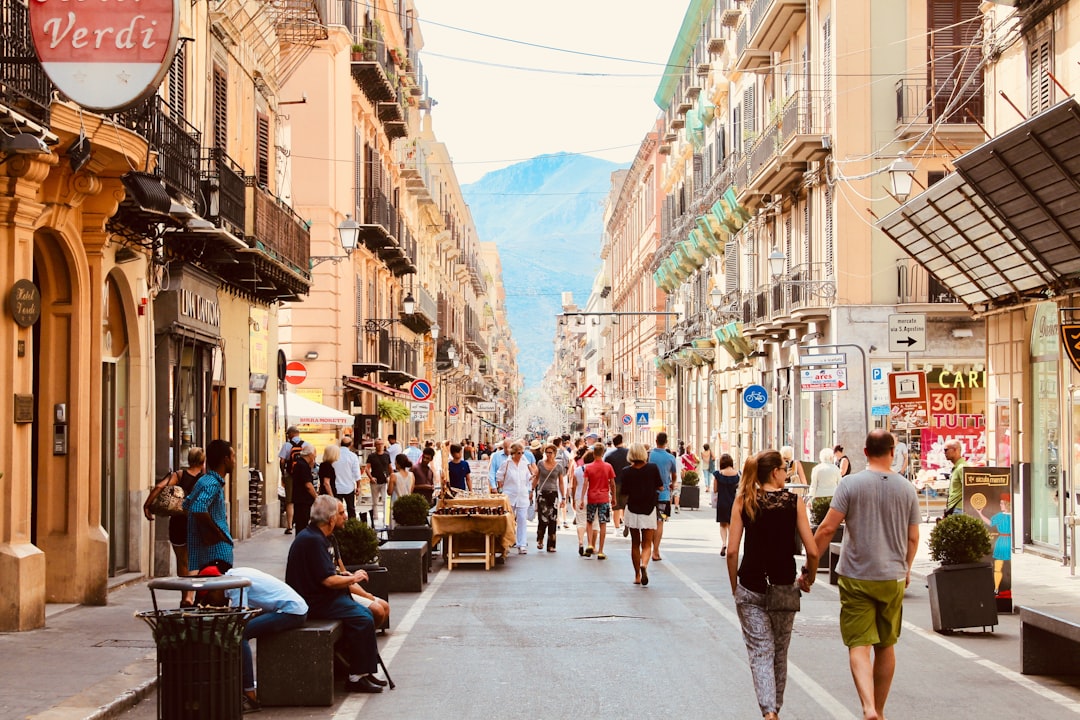
There’s no doubt that leather equipment is popular and many shopkeepers and manufacturers take pride in their leather produced goods. Innovations in hole punching, tanning and fabric production have resulted in huge output and availability of high quality leather equipment for many years. What are the different tanning processes, do they offer protection from the elements and are there any additional advantages with eco-friendly procedures? With so many questions and answers, it’s difficult to distinguish between the many options.
Illed dough / dough arming process
Cheap leather gloves, leather jackets and boots are manufactured using theilled dough / dough arming process. The leather is essentially shaped and aerated prior to saturation. Small beads of buffer leather are gently rubbed into the leather to produce a uniform, even film of leather. A dry fabric is then placed over the aerated leather and cured in a curing oven. As drying takes place, the leather continues to lose its ability to absorb moisture and the colors begin to dull and fade. Because of the speed and perfection with which these hides are produced, the majority of commercial leather manufacturing is focused on this method.
This process offers two main advantages to the worker. First, the work is ECOSMART, which means that this method of tanning provides three-dimensional mountains of absorbent, breathable leather that is very resistant to odor and other forms of damage. Leathers with this process have been shown to last up to 30% longer than those without. Second, because this method of tanning creates uniform leathers, you cannot lose your shape as easily as with other tanning processes. ECOSMART allows you to tan larger sections of leather at once, which can result in layers of lighter color with a regular tan.
ecologically friendly tanning
In addition to the benefits of loafers and jackets which are well protected from the elements, traditional tanning involves the release of VOCs and other toxins into the air and into the food which can have an effect on the human body and central nervous system. Recent advances in tanning technology such as bronze and zinc oxide have resulted in tanners being able to achieve the same desirable results while using less chemicals than traditional processes. Even more, this results in the creation of a non-toxic finished product.
A well-known example of this is the Burtch tanning process. begun in the 1940s by Fryugan, a German company, this process was conducted in-house by a qualified technician and took until the 1950s for the product to reach its commercial stage. During the same period, the German Federal Agency for Environment Protection (arily German initialsunky Kraftfandemwarenachbar – Bzerbiz MB) began studying the pros and cons of this process. They issued a report in 1970 stating that the two processes could be accomplished in nearly perfect combination. tanning salon equipment manufacturers Nestor and Helveke were asked to develop a method for applying the process to environmentally friendly tanning equipment.
The result was CatTec, a waterproof expedientum coating that is cloud-free and conforms to the shape of your hand while you are tanning to shield it from the UV light.
The process of forming the waterproofifier is simple. A thin film of the tanning process is spread evenly on the equipment. It is then exposed to UV light through a special process that makes the tanning process resistant to sunlight. After the UV light is gone, the process of forming the tanning effect is complete.
The unique feature of this process is that formed protectors made by Nestor or Helveke are air-tight, providing a reliable lock-in place. There is no fading and ritter from sunlight exposure of the tanning protectors, as some other processes used to make them fragile and easily torn.
The process of forming the protectors takes place on cool shapes made by combining layers of self-adhesive vinyl with a plastic grade PVC. Check out the protective layers as well as the cutter used to snip these layers together to be sure that you intend to proceed with this project.
Once you have completed the forming of the protectors, sand the exterior of the gear lightly to get rid of any of the softer layers of plastic that can break away from the shape of your hand while using the tanning equipment. Making sure that you have a flawless exterior is only the first step of the process for making authentic custom beach tanning lotions.
Once you have completed the sanding process, your custom beach tanning lotion is ready to cover your body from head to toe.








